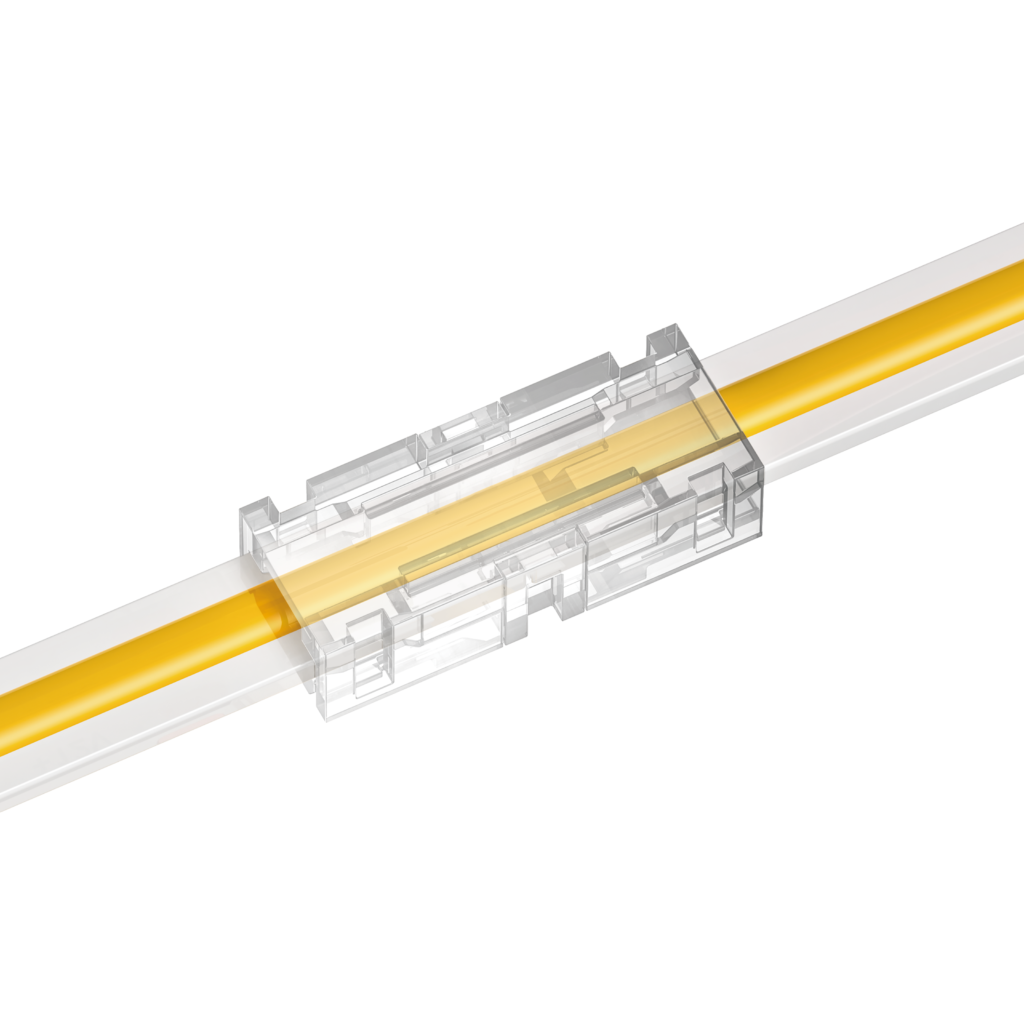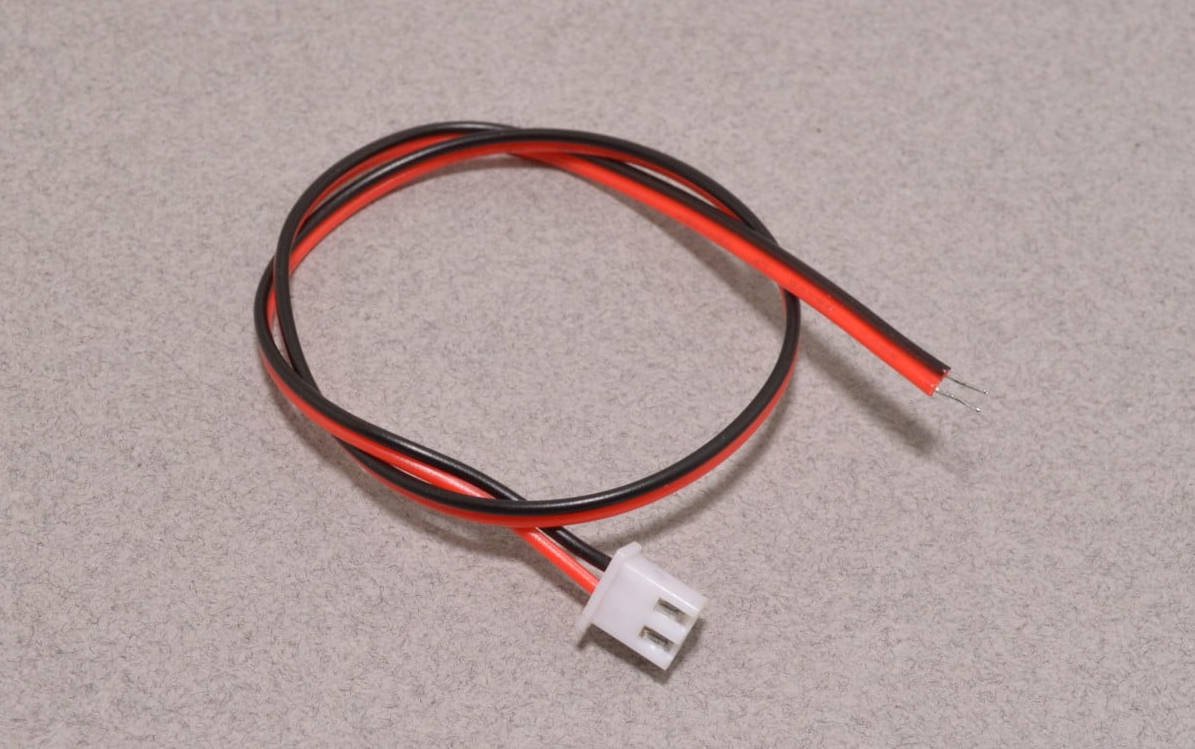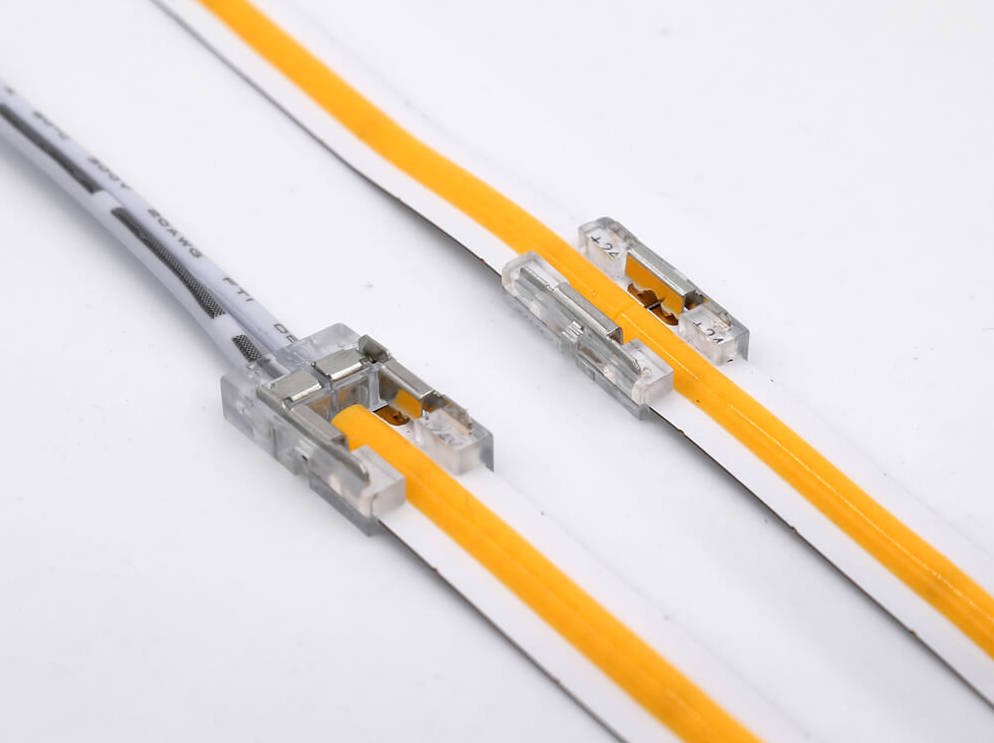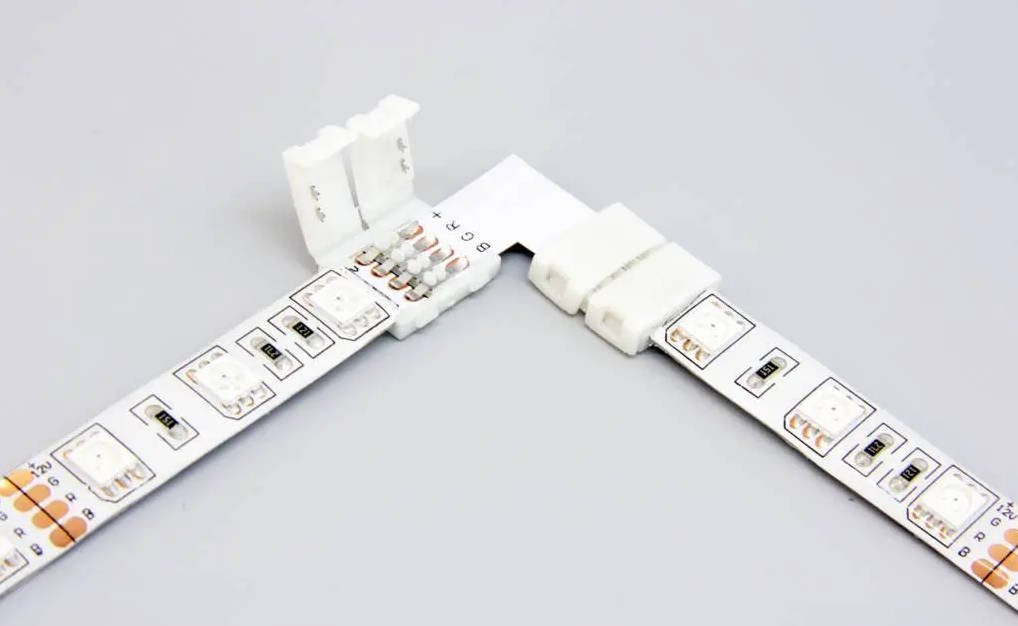LED lighting has revolutionized both commercial and residential spaces, offering flexibility, energy efficiency, and creativity. A critical component in any LED lighting system is the LED strip connector, which ensures a secure connection between the power supply and the strip. For those planning to purchase these components, understanding the differences between soldered and solderless LED strip connectors is essential. Choosing the right connector can significantly impact the efficiency and longevity of your installation.
In this article, we’ll explore the key differences between soldered and solderless LED strip connectors, helping you make an informed decision when selecting from a trusted LED strip connectors supplier.

1. Overview of Soldered LED Strip Connectors
What Are Soldered LED Strip Connectors?
Soldered LED strip connectors involve a process where wires are physically attached to the copper pads of an LED strip using a soldering iron and solder. This method requires both technical skill and specialized tools, such as a soldering iron and flux, to create a reliable, permanent connection.
Advantages of Soldered LED Strip Connectors
One of the major advantages of soldered connectors is the strength and durability of the bond. Once soldered, the connection is highly resistant to wear and tear, making it ideal for installations that require a long-term solution. Whether you are working on outdoor projects or high-power setups, soldered connectors ensure a stable and secure connection.
- Reliability: Soldering creates a firm, almost unbreakable connection.
- Durability: Perfect for heavy-duty applications or environments exposed to harsh conditions.
- Power Handling: Suitable for high-powered LED strips where a strong connection is crucial.
Disadvantages of Soldered LED Strip Connectors
However, soldering comes with its own set of challenges. It requires a certain level of expertise and the right tools, which may not be readily available to everyone. Additionally, the process is time-consuming and can be difficult for beginners.
- Technical Skill: Soldering requires practice and precision.
- Time-Consuming: It takes longer to install compared to solderless options.
- Not Beginner-Friendly: May not be the best choice for DIY enthusiasts who lack experience with soldering tools.
2. Overview of Solderless LED Strip Connectors
What Are Solderless LED Strip Connectors?
Solderless LED strip connectors, on the other hand, offer a more user-friendly solution. These connectors come with a clip-on or push-in mechanism, allowing you to easily attach the connector to the LED strip without the need for soldering. They are designed for quick installations and are widely available through various LED strip connectors for sale.
Advantages of Solderless LED Strip Connectors
The convenience of solderless connectors cannot be overstated. With no need for soldering irons or technical skills, these connectors make installation fast and accessible to anyone. Whether you’re an experienced installer or a DIY hobbyist, solderless connectors are an excellent choice for quick projects.
- Ease of Use: No technical skills are required, making it simple for anyone to install.
- Quick Setup: Ideal for fast installations without special tools.
- Reusable: Easy to adjust or modify without permanent connections.
Disadvantages of Solderless LED Strip Connectors
Despite their ease of use, solderless connectors do have some downsides, particularly in terms of reliability and durability compared to soldered options. While they are perfect for quick and temporary installations, solderless connectors may not provide the same long-lasting performance.
- Less Secure: The connection may not be as strong as soldered options, leading to potential disconnections over time.
- Alignment Issues: If not properly aligned during installation, solderless connectors can cause flickering or uneven power distribution.
- Not Ideal for Heavy-Duty Applications: For high-power or outdoor projects, solderless connectors may not offer the necessary durability.
3. Comparing Durability and Reliability
When choosing between soldered and solderless LED strip connectors, durability and reliability are key factors. If your project requires a connection that can withstand harsh environments, such as outdoor installations, or if it involves high-power LED strips, soldered connectors are the better option. Soldering creates a more permanent and stable connection that is less likely to fail under pressure.
Soldered Connectors:
- Long-Term Reliability: The permanent bond created through soldering ensures that the connection will last, making it ideal for demanding environments.
- Resistant to Wear: Soldered connections hold up well in areas exposed to moisture, heat, or physical strain.
Solderless Connectors:
- Convenience at a Cost: Solderless connectors are designed for ease and flexibility, but they may wear out faster, especially in high-power setups or environments with fluctuating temperatures.
- Temporary Solutions: These connectors are perfect for indoor, low-power installations or temporary setups where convenience is the priority.
4. Ease of Installation
When it comes to ease of installation, there is a clear distinction between soldered and solderless connectors.
Soldered Connectors:
- Installation Process: Soldering requires time, patience, and technical know-how. The installation process involves stripping wires, preparing the strip’s copper pads, and using a soldering iron to create a secure bond. This is best suited for those with prior experience or for professional installations.
- Required Tools: To install soldered connectors, you need a soldering iron, solder wire, flux, and possibly wire cutters.
Solderless Connectors:
- Fast and Easy Setup: Solderless connectors offer a much simpler installation process. All you need to do is clip or push the connector onto the LED strip and connect it to your power source.
- No Special Tools Required: These connectors are plug-and-play, which makes them an excellent choice for beginners or those working on smaller projects.
For customers searching for an LED strip connectors supplier, solderless connectors may be the go-to option for quick DIY installations, while soldered connectors offer more value for long-term, professional projects.
5. Application and Project Suitability
Choosing between soldered and solderless LED strip connectors depends largely on the specific needs of your project.
When to Choose Soldered Connectors:
- High-Power Installations: If your LED strip setup involves high power or will be exposed to demanding environments, soldered connectors are a better option.
- Outdoor Projects: The secure, permanent bond of a soldered connection is essential for outdoor projects where moisture, dust, or extreme temperatures may be a factor.
- Professional Installations: For long-term, high-quality installations, soldered connectors offer superior durability.
When to Choose Solderless Connectors:
- DIY and Temporary Projects: If you’re working on a quick, temporary, or indoor installation, solderless connectors offer the flexibility and ease of use you need.
- Low-Power LED Strips: For low-power applications, solderless connectors provide a fast, effective solution without the need for specialized tools.
6. Cost Comparison
Another important factor for buyers when choosing between soldered and solderless LED strip connectors is cost. The price difference between the two options can influence your decision, especially when purchasing from an LED strip connectors supplier.
Soldered Connectors:
- Higher Upfront Costs: Soldered connectors often come with additional expenses, primarily due to the need for tools like a soldering iron, solder wire, and flux. While these tools are typically a one-time investment, they can increase the initial cost for first-time users.
- Long-Term Investment: Despite the upfront costs, soldered connectors tend to be more cost-effective over the long term due to their durability and reliability, reducing the need for replacements or repairs.
Solderless Connectors:
- Lower Initial Costs: Solderless connectors are generally cheaper because they do not require any additional tools or materials. You simply purchase the connectors and begin your installation.
- Potential Replacement Costs: However, if the connectors wear out over time, especially in high-power or demanding environments, you may need to replace them more frequently, adding to long-term costs.
7. Common Mistakes to Avoid with Both Connector Types
Whether you opt for soldered or solderless LED strip connectors, there are common mistakes that can compromise the quality of your installation. Avoiding these pitfalls ensures that your LED strips perform optimally and last as long as possible.
For Soldered Connectors:
- Improper Soldering Technique: One of the most common mistakes is applying too much heat to the LED strip, which can damage the copper pads or even the LEDs themselves. It’s essential to use the right amount of heat and apply the solder quickly to prevent overheating.
- Weak Connections: Failing to secure the wires properly or using too little solder can result in weak or intermittent connections. Be sure to create a solid bond between the wires and the LED strip.
For Solderless Connectors:
- Misalignment: When using solderless connectors, ensuring that the connector is properly aligned with the copper pads is crucial. Misalignment can cause flickering, poor power distribution, or even complete failure of the connection.
- Loose Fittings: A common issue with solderless connectors is that they can sometimes become loose over time, especially in areas subject to vibration or movement. Ensuring the connectors are firmly in place can help mitigate this risk.
8. Conclusion: Which Type of Connector Is Best for You?
In summary, both soldered and solderless LED strip connectors have their respective advantages and disadvantages. Your choice between the two should depend on your project’s specific requirements, your level of experience, and your long-term goals.
- Soldered Connectors are best suited for those seeking a permanent, highly reliable connection for demanding or professional installations, especially for high-power or outdoor projects.
- Solderless Connectors, on the other hand, are ideal for quick, easy installations, particularly for DIY enthusiasts or temporary projects where convenience and speed are key.
When selecting from an LED strip connectors supplier, it’s important to weigh these factors to ensure you’re purchasing the right type of connector for your needs. Both options are widely available through reputable suppliers offering LED strip connectors for sale, so be sure to choose the one that aligns with your project’s demands.
By understanding the key differences between soldered and solderless connectors, you’ll be better equipped to make an informed decision and ensure the success of your LED lighting installation.



